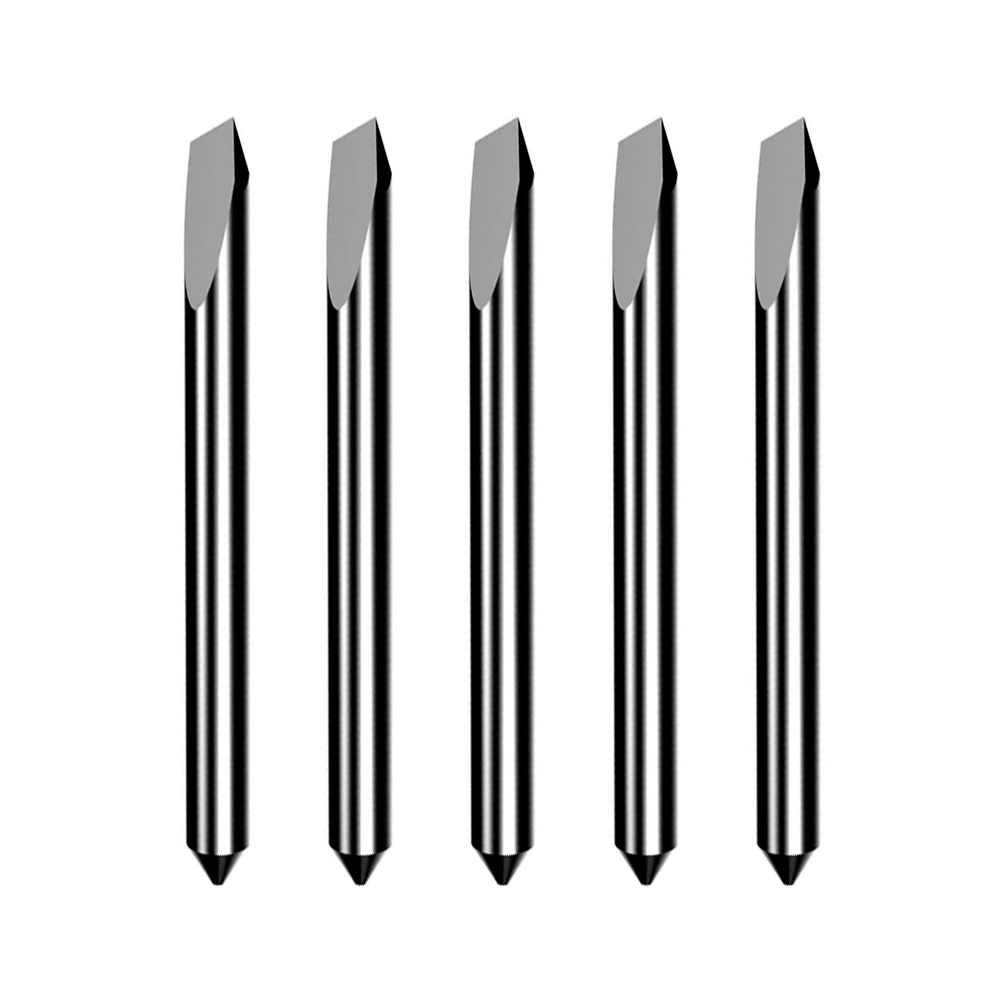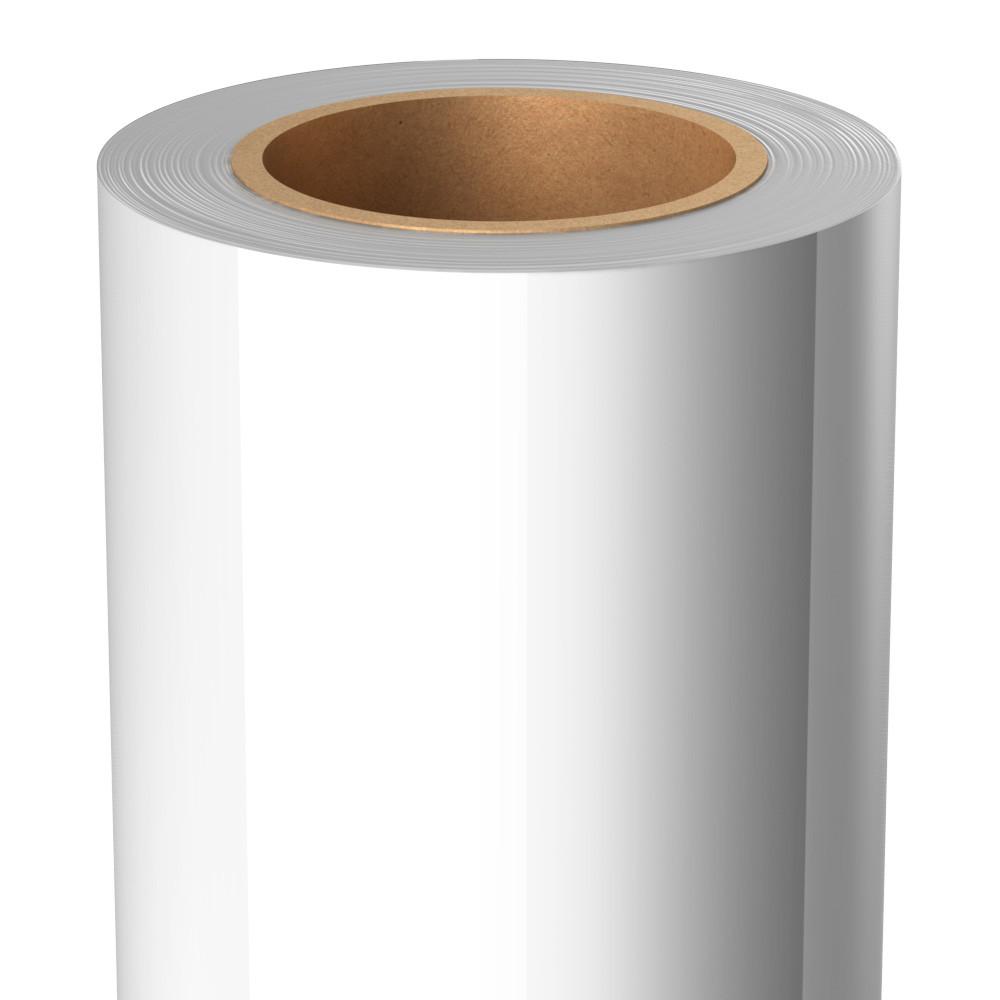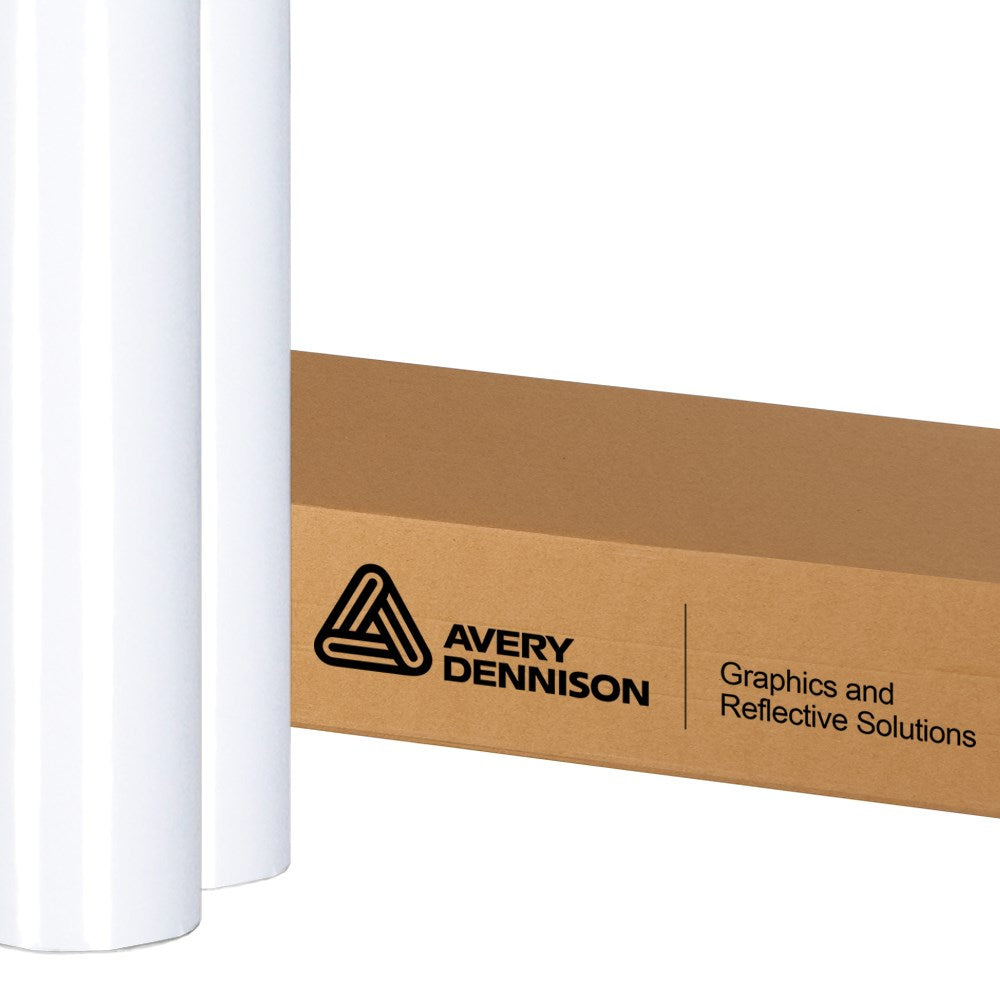Over the years, the sign-making industry has witnessed immense transformation as individuals and businesses try new ways to produce high-quality, eye-catching signage. One of the latest techniques that has gained prominence recently is vinyl printing.
Vinyl printing involves printing a design or image onto a vinyl material. Afterward, this design can be applied to different surfaces like vehicles, walls, and windows. In this article, we shall explore more about vinyl print, its advantages, the different types of vinyl, and why good vinyl quality is essential.
How Does Vinyl Print Work?
Vinyl print is a printing technique that involves transferring a design or image onto a vinyl material using a special printer and vinyl cutting machine. Usually, the vinyl material is produced from a flexible and durable plastic material that sign-makers can cut into different sizes and shapes.
Vinyl prints are also used to create vehicle graphics, wall decals, custom signs, banners, and promotional materials. Unlike other printing methods, vinyl prints are long-lasting, durable, and can maintain their vibrant color for an extended time.
Notably, the vinyl material does not crack, fade, or peel easily. Furthermore, a vinyl material's flexible nature makes it suitable for different surfaces, such as walls, car wraps, signs, and more.
Types of Vinyl Prints
In the sign-making sector, there are two major kinds of vinyl used for vinyl printing: heat-transfer vinyl and self-adhesive vinyl.
Heat-Transfer Vinyl
Heat-Transfer Vinyl (HTV) is a type of vinyl material that sign makers can use to create lettering, designs, and patterns on fabric using iron or a heat press. The best printable heat-transfer vinyl is used mostly for creating custom banners, jerseys, t-shirts, and other promotional materials.
The HTV is first applied to a heat-sensitive adhesive backing before it is cut into a lettering or design using a plotter or vinyl cutter. Afterward, the excess material is weeded or removed before it is placed on the fabric. Next, the heat press or iron is applied to the HTV to transfer the design to the fabric.
Interestingly, HTV comes in different colors, textures (such as glitter and flocked), and finishes (such as glossy and metallic). HTV is durable, lasts longer, and can resist several washings or harsh environments without peeling or fading.
Sign-makers want to produce high-quality prints that are long-lasting and durable, so they use the best printable heat-transfer vinyl tools. Summa Equipment offers sign-makers the highest quality vinyl cutters for more precise and efficient prints.
Self-Adhesive Vinyl
This kind of vinyl is used mostly for stickers, labels, and decals. This vinyl has an adhesive backing that can stick to surfaces when pressure is applied. It is also called pressure-sensitive vinyl. It is available in different finishes like metallic, matte, and glossy. Additionally, it can be printed in different designs and colors.
Both HTV and self-adhesive vinyl have varying thicknesses which affect the vinyl's flexibility and durability. Sign-makers must pick the vinyl thickness that suits the surface they will apply it to and their intended purpose. This process is used in creating rolls of printable vinyl.
Why Is Having a High-Quality Vinyl Important?
The vinyl quality used in sign-making determines the durability and longevity of the end product. Therefore, high-quality vinyl prints can resist different weather conditions and retain their vibrancy over time.
When you use low-quality vinyl, the end print will not be able to withstand harsh environments and could peel, crack, or fade easily. Conversely, high-quality vinyl prints are durable and long-lasting. The colors remain vibrant for a long time, despite prolonged exposure to outdoor elements.
Other than the durability of the final product, it is easier to work with high-quality vinyl than low-quality vinyl. Low-quality vinyl can be harder to cut and weed, leading to wasted time and material. On the other hand, you can easily cut and weed high-quality vinyl, thereby increasing work efficiency and reducing the amount of material wasted.
Meanwhile, Summa Equipment is a renowned software that can help sign-makers manage their workflow and produce top-quality vinyl prints. It enables sign-making professionals to create and design lettering and graphics to be printed on vinyl material.
The Bottom Line
Vinyl printing is now a prominent technique used by sign-makers because of its cost-effectiveness, durability, and versatility. However, consider the type of print you want to produce before picking a vinyl material for your print. High-quality vinyl prints last longer and are more vibrant than low-quality vinyl. They are also easier to cut and easier to work with.





